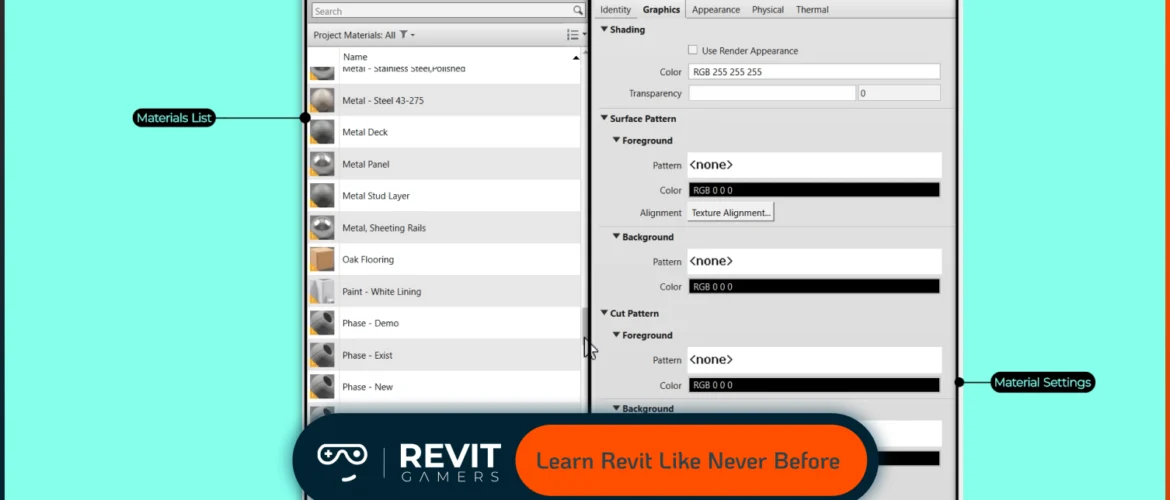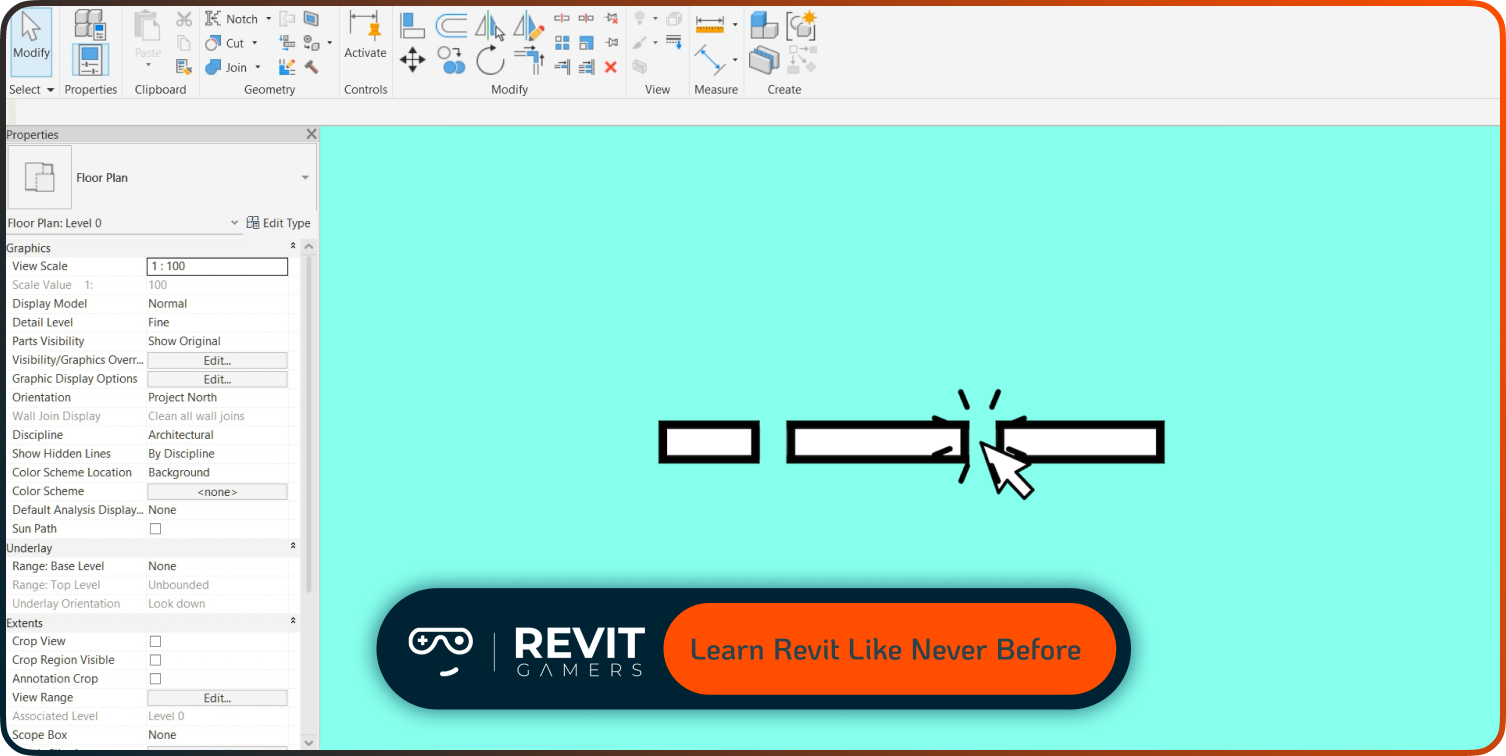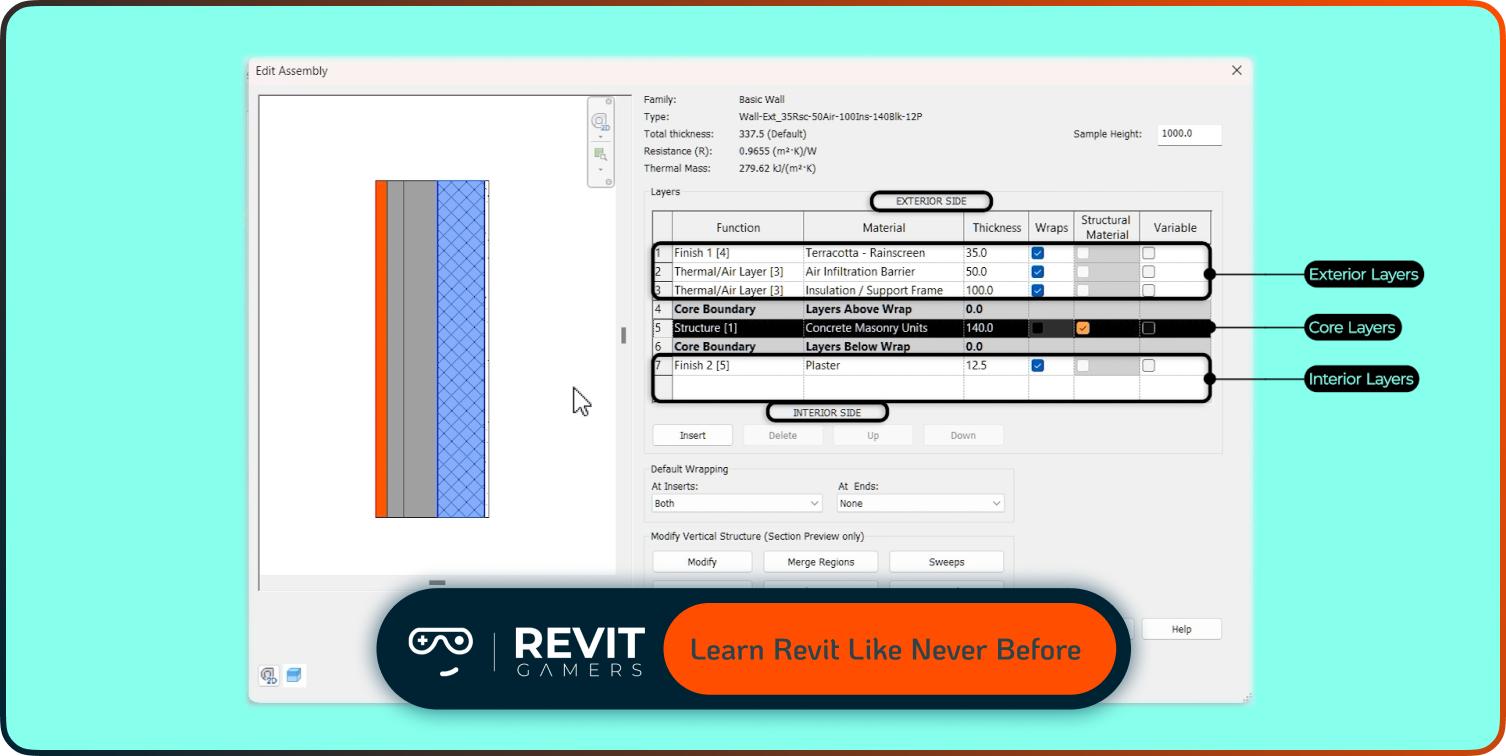News & Events
Revit Classes Comparison: In-Person vs Online with Visuals
- June 13, 2025
- Posted by: bita
- Category: blog Online Revit Course

When it comes to learning Revit, individuals typically choose between in-person and online classes. Both formats offer unique advantages and challenges, making it important to understand which mode best suits a learner’s needs and circumstances. In-person classes provide direct interaction with instructors and peers, creating an environment conducive to collaborative learning and immediate feedback. Meanwhile, online classes offer flexibility, allowing students to learn at their own pace from any location.
This article aims to compare Revit classes online vs offline by examining the benefits and challenges of each approach. By understanding these differences, you can make an informed decision on which Revit classes align with your schedule, learning style, and professional goals. Whether you prefer the structured environment of a classroom or the convenience of remote learning, this comparison will help you navigate the options available for mastering Revit effectively.
Learn more: Why Our Online Revit Course Stands Out in 2025
Overview of Revit Classes
Revit classes are designed to teach the fundamentals and advanced techniques of using Autodesk Revit software. These classes cater to a wide range of learners, from beginners to experienced professionals aiming to enhance their skills. Typically, Revit courses cover essential topics such as 3D modeling, parametric components, project collaboration, and documentation.
In-person Revit classes are usually conducted in physical classrooms or training centers, where learners have direct access to instructors and equipment. This format often includes hands-on exercises, group projects, and immediate assistance, which can significantly enhance understanding. Many institutions offering in-person classes also provide a structured curriculum, ensuring learners progress step-by-step.
On the other hand, online Revit classes are delivered via digital platforms. These classes may include live webinars, pre-recorded video tutorials, interactive assignments, and forums for discussion. Online learning offers flexibility in terms of timing and location, making it accessible to those with busy schedules or remote locations. Additionally, many online courses provide lifetime access to materials, enabling learners to revisit content as needed.
Both formats aim to equip learners with practical Revit skills but differ in delivery, interaction, and convenience. Understanding these differences will help you decide which Revit classes best fit your learning style and professional needs.
Learn more: Free Revit Tutorial: How to Get Started Today
Benefits of In-Person Revit Classes
In-person Revit classes offer several advantages that appeal to many learners. One of the main benefits is the opportunity for real-time interaction with instructors. This allows students to ask questions, receive immediate feedback, and clarify complex concepts on the spot. The face-to-face environment fosters engagement and motivation, which can enhance the overall learning experience.
Another key advantage is access to specialized equipment and software during class hours. Learners can work on high-performance computers with licensed Revit software, avoiding potential technical issues that might occur with personal devices. The classroom setting also promotes collaboration among peers, enabling group projects and teamwork, which mimic real-world architectural or engineering scenarios.
Furthermore, structured schedules in in-person classes help learners stay disciplined and consistent with their studies. Regular attendance and fixed class times create a routine that can improve focus and reduce procrastination. For those who thrive in social learning environments, in-person Revit classes provide valuable networking opportunities with fellow students and professionals.
While in-person learning may require commuting and a fixed schedule, the direct support and immersive environment often make it an effective way to master Revit skills.
Learn more: Learn Revit: Animated Course vs Traditional Tutorials 2025
Benefits of Online Revit Classes
Online Revit classes have gained significant popularity due to their flexibility and accessibility. One of the foremost advantages is the ability to learn anytime and anywhere. This flexibility allows busy professionals, students with other commitments, or those living in remote areas to access high-quality Revit training without geographical constraints.
Additionally, many online courses offer self-paced learning, allowing students to progress according to their own schedule and speed. This is especially beneficial for learners who need more time to understand complex topics or want to revisit lessons multiple times. Recorded lectures, downloadable resources, and interactive quizzes enhance the learning process and accommodate different learning preferences.
Online platforms also often foster global learning communities where students from diverse backgrounds can share experiences and insights. Discussion forums, live Q&A sessions, and peer reviews provide opportunities for engagement and feedback, though these interactions differ from face-to-face communication.
Moreover, online classes can be more cost-effective, as they eliminate expenses related to commuting, accommodation, and physical materials. The convenience and affordability make online Revit classes an attractive option for many aspiring BIM professionals.
Learn more: Trim, Split, Pin & Delete in Revit | Essential Modify Tools Explained Clearly
Comparing Revit Classes Online vs Offline: Which One is Right for You?
Choosing between online and in-person Revit classes depends on various factors such as learning style, schedule, budget, and personal preferences. If you value direct interaction, immediate feedback, and a structured environment, in-person classes might be more suitable. They provide hands-on experience and social engagement, which can enhance motivation and retention.
Conversely, if flexibility, convenience, and self-paced learning are your priorities, online classes may be the better choice. Online courses allow you to balance work, family, and education while accessing quality instruction from anywhere. They also enable repeated review of complex topics through recorded sessions.
Budget considerations also play a role; online courses tend to be more affordable and eliminate commuting costs. However, some learners may find it challenging to stay motivated without the physical presence of instructors and classmates.
Ultimately, the best approach depends on your unique needs and goals. Many professionals combine both methods — starting with online classes for foundational knowledge and then attending in-person workshops to refine practical skills.


